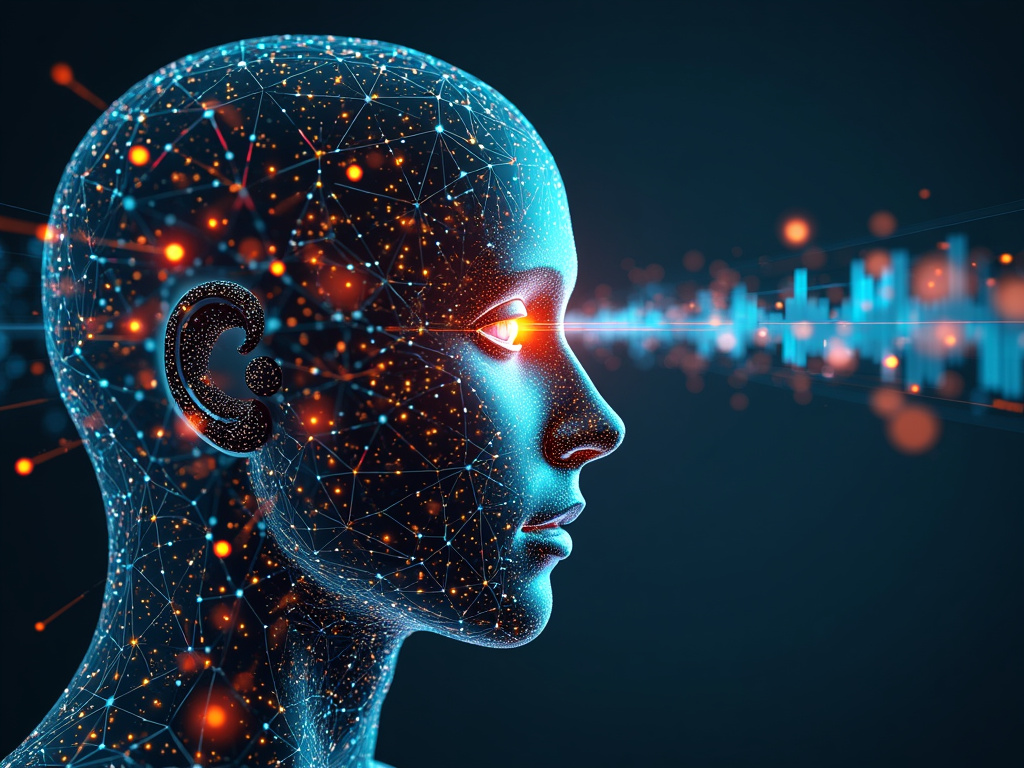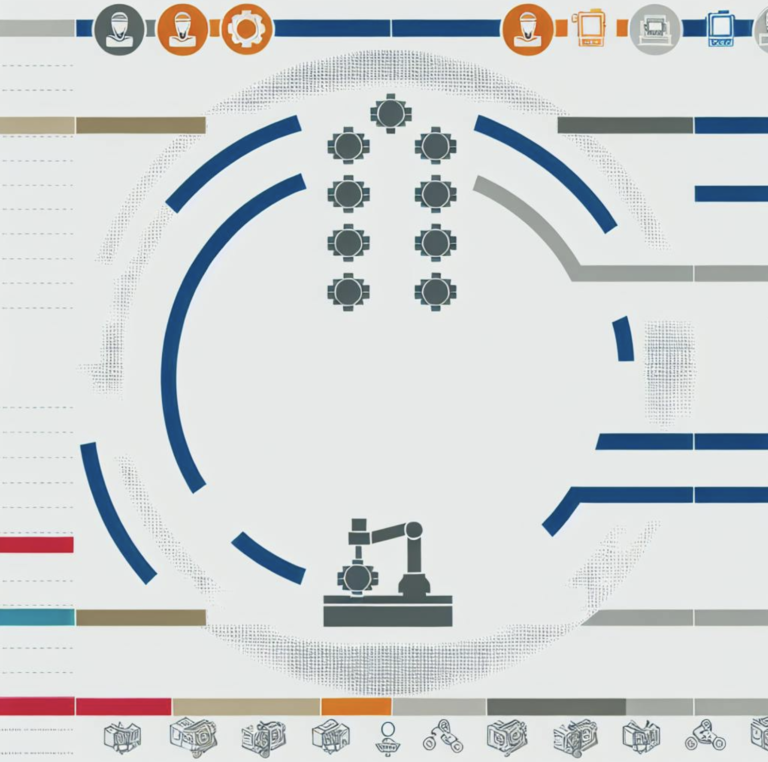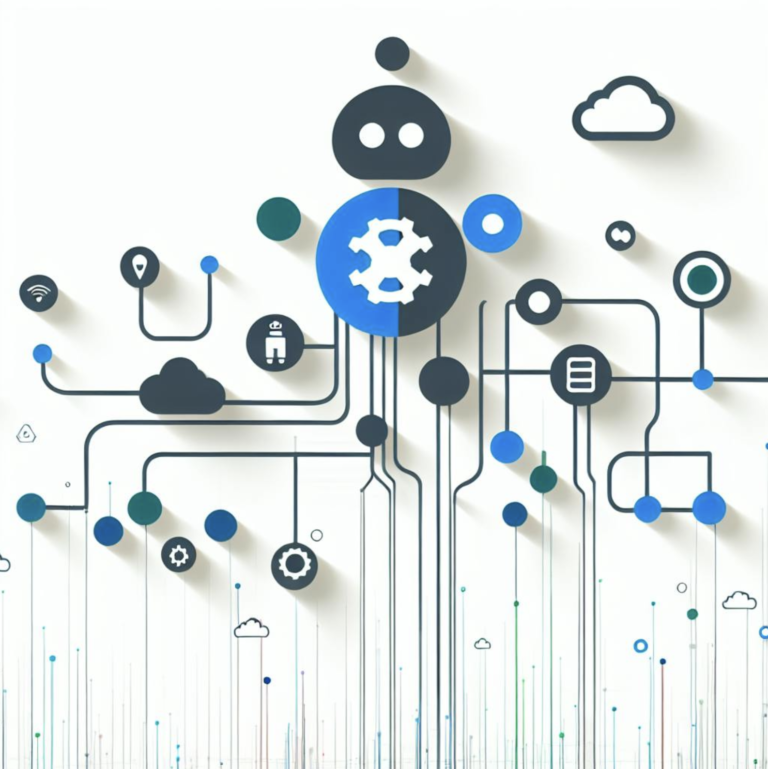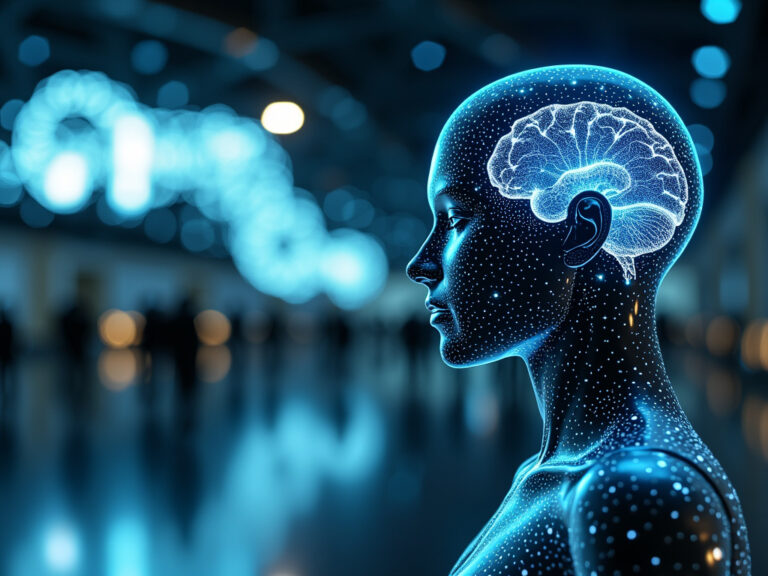How does ai detection work?
AI detection analyzes text patterns, language structure, and subtle cues through sophisticated algorithms and Natural Language Processing (NLP) methods. It relies on key indicators like perplexity and burstiness to distinguish between human-written and AI-generated content. These detectors compare the analyzed text against extensive databases of known patterns to make their assessments.
Key Takeaways:
- AI detectors employ cutting-edge algorithms and NLP to examine text characteristics
- Perplexity and burstiness serve as vital markers in identifying AI-generated content
- Detectors learn from vast collections of human and AI-generated text samples
- The field faces hurdles like inconsistent results and keeping up with rapid AI progress
- An integrated strategy combining technology and education is ideal for effective AI detection
The Rising Challenge of Identifying AI-Generated Content
AI-generated content is spreading rapidly across industries, making it crucial to differentiate between human and machine-created text. AI detectors have emerged as essential tools in this fight, helping to combat misinformation and maintain content authenticity. These detectors use advanced algorithms to analyze text patterns, language structure, and other subtle cues that might indicate artificial creation.
Leading AI Detection Tools
Several key players are at the forefront of AI detection technology:
- Originality AI: Offers precise content analysis
- Content at Scale: Focuses on large-scale content verification
- Copyleaks: Provides comprehensive plagiarism and AI detection
- GPTZero: Specializes in identifying text from specific AI models
These tools are becoming increasingly important for content creators, publishers, and businesses to ensure the integrity of their digital communications.
The Science Behind AI Detection
Natural Language Processing and Key Indicators
AI detection relies on Natural Language Processing (NLP) to analyze text characteristics. I’ll break down two crucial indicators:
Perplexity measures the unpredictability of text. AI-generated content typically shows lower perplexity compared to human writing, as it’s more predictable in its word choices and patterns.
Burstiness refers to the variation in sentence structure and length. AI tends to produce more uniform sentences, while human writing exhibits greater diversity.
AI detectors are trained on vast datasets of both human and AI-generated text. This training allows them to recognize patterns specific to each type of writing. When analyzing a piece of content, the detector compares it against these known patterns.
The comparison process involves:
- Evaluating sentence structure and complexity
- Assessing word choice and vocabulary range
- Analyzing the flow and coherence of ideas
- Checking for repetition and predictability
By examining these factors, AI detectors can make an educated guess about whether a text was written by a human or an AI. However, it’s important to note that as AI language models improve, the line between human and AI-generated text becomes increasingly blurred, making detection more challenging.
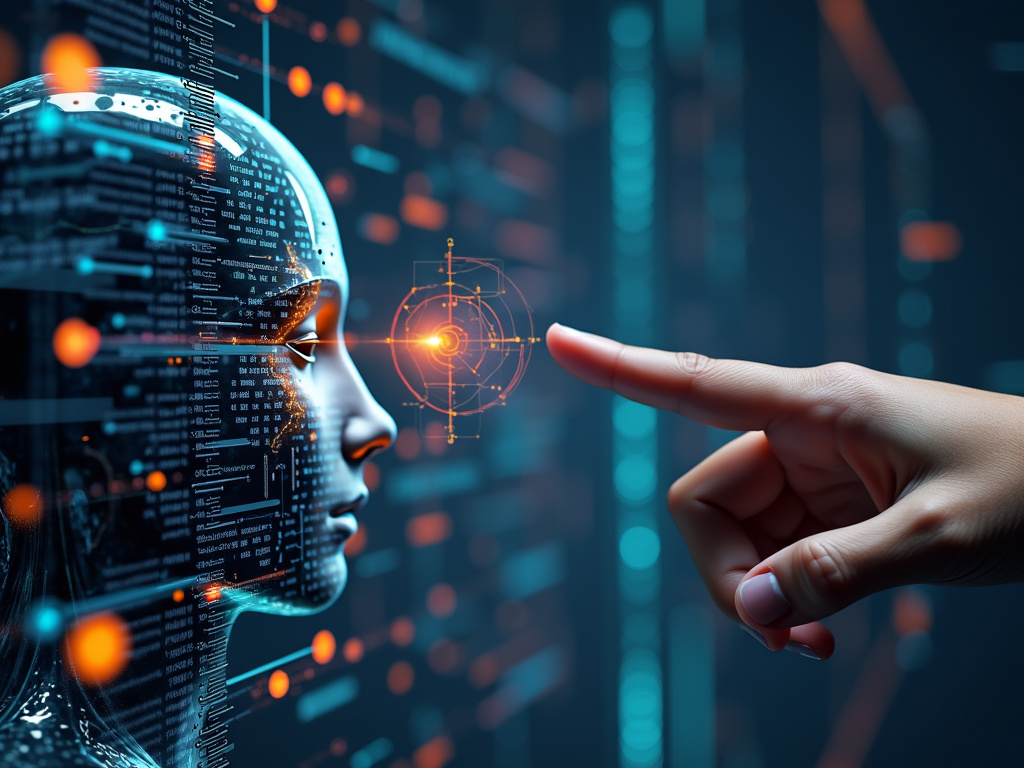
Limitations and Challenges in AI Detection
Inconsistent Results and False Flags
AI detection faces significant hurdles. Different detectors often produce conflicting results for identical text, leading to confusion. False positives and negatives are common issues, with human writing sometimes mistakenly flagged as AI-generated, while actual AI content slips through undetected. A notable example occurred when a high school student’s essay was incorrectly identified as AI-generated by Turnitin’s detector.
Keeping Pace with AI Advancements
The rapid evolution of AI algorithms poses a constant challenge for detection models. To stay effective, these tools require frequent updates to match the capabilities of newer AI systems. This ongoing race between AI creators and detectors highlights the complex nature of identifying machine-generated content accurately.
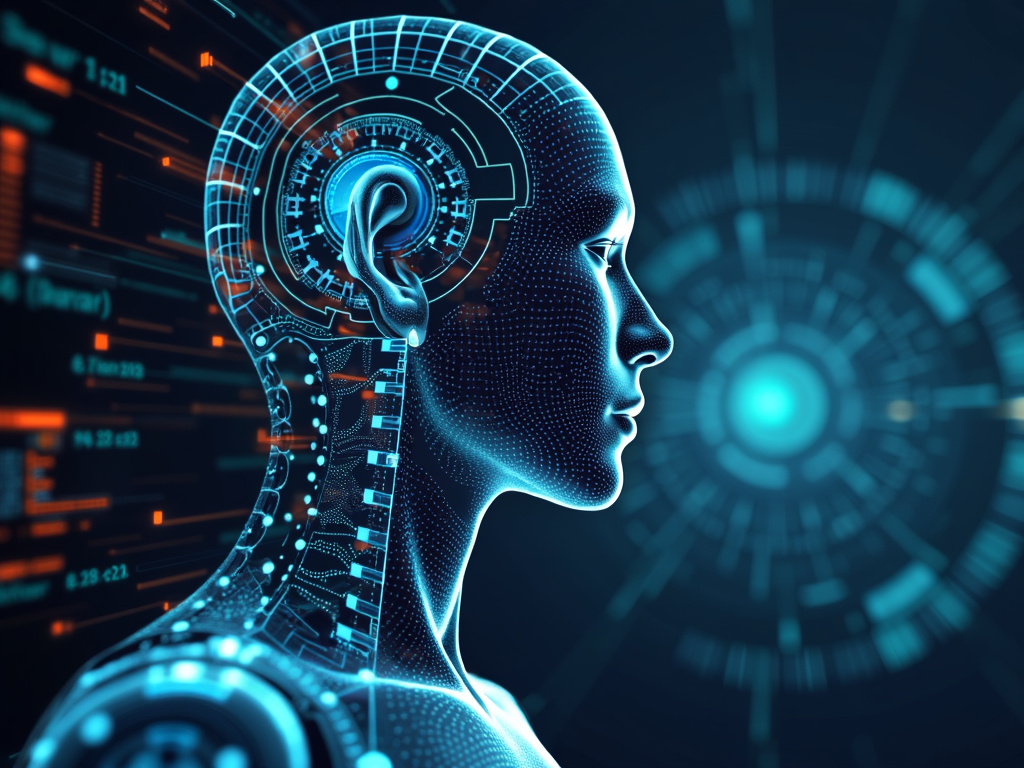
Applications Across Industries
Education and Publishing
AI detection finds extensive use in academia and publishing. Teachers rely on these tools to verify the originality of student assignments, maintaining academic integrity. Similarly, publishers employ AI detectors to authenticate submitted content, ensuring it’s human-created. In recruitment, companies utilize these systems to validate job applications, filtering out AI-generated resumes.
Content Creation and Moderation
Web content writers benefit from AI detection to confirm their work isn’t mistakenly flagged as machine-generated. This helps maintain credibility and avoid potential penalties from search engines. On social media platforms, AI detection plays a crucial role in content moderation. It identifies and removes AI-generated spam and misinformation, contributing to a safer online environment. These applications showcase the versatility of AI detection across various sectors, highlighting its importance in maintaining authenticity and quality in digital spaces.
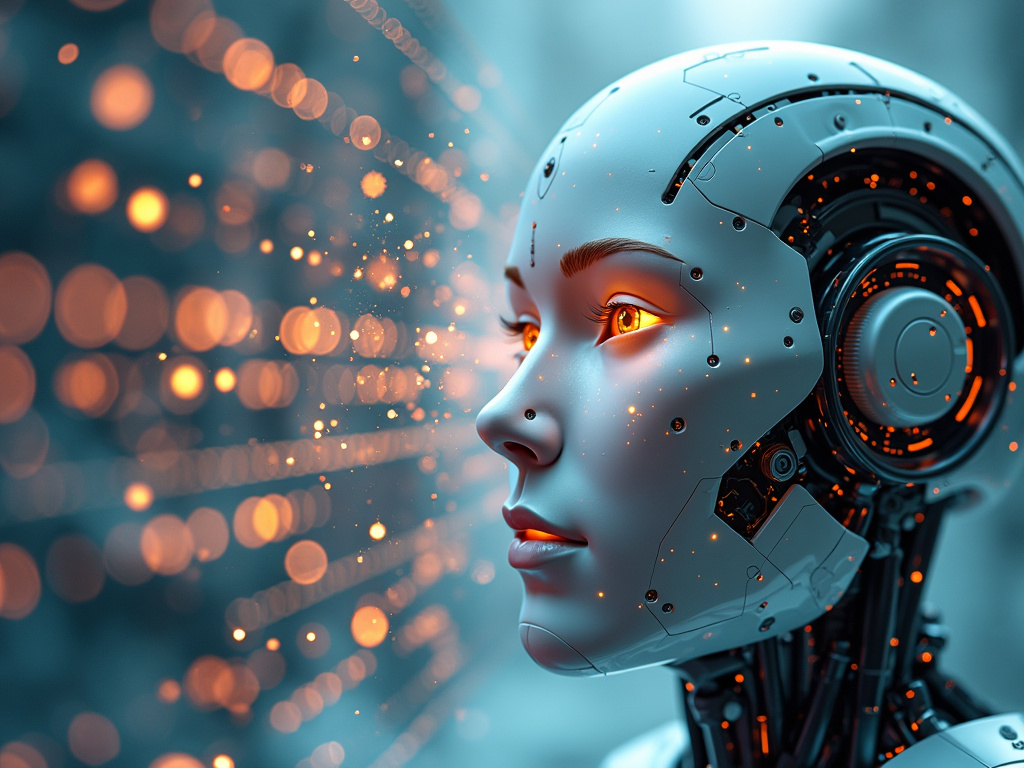
The Ethical Dimension and Future of AI Detection
Technological Evolution and Responsible Design
AI detection and generation tools are locked in a constant battle, each pushing the other to improve. As AI-generated content becomes more sophisticated, detection methods must evolve to keep pace. I believe responsible design is key in this process. Developers should prioritize ethical considerations when creating AI tools, ensuring they serve the public good rather than enabling deception.
Public Awareness and Education
Raising public awareness about AI-generated misinformation is crucial. Here are some steps to combat false information:
- Teach critical thinking skills in schools
- Promote media literacy programs
- Encourage fact-checking habits
Streamline Your Business with Cutting-Edge Automation
Empower your business with powerful automation tools designed to enhance workflows, improve efficiency, and drive online impact.
Book a CallBy educating people on how to spot AI-generated content, we can create a more discerning public. This knowledge empowers individuals to make informed decisions about the information they consume and share.
Collaboration between tech companies and AI experts is essential for improving detection tools. By pooling resources and knowledge, they can develop more accurate algorithms and stay ahead of bad actors. These efforts are vital in the fight against false information in our digital landscape.
AI detection plays a pivotal role in maintaining the integrity of online information. As technology advances, so too must our methods for identifying and combating AI-generated falsehoods. With continued focus on ethical development and public education, we can harness the power of AI detection to create a more trustworthy digital environment.
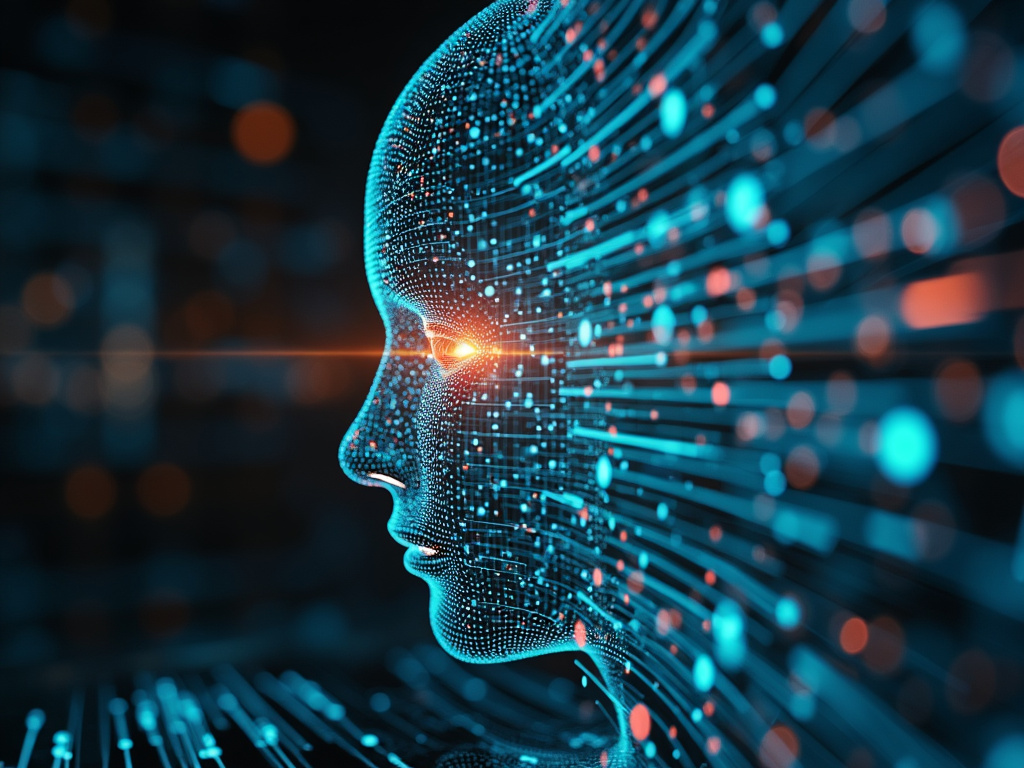
Towards a Holistic Approach
Balancing Technology and Education
I’ve found that combining technological efforts with education and social engagement is crucial in addressing AI-generated content. While AI detectors play a role, it’s important not to rely solely on them due to their limitations. Instead, I recommend a multi-faceted approach.
Developing more advanced detection tools is essential to keep up with evolving AI algorithms. However, technology alone isn’t enough. Fostering a culture of critical thinking and digital literacy is equally important. Here’s how we can achieve this balance:
- Invest in ongoing research to improve AI detection methods
- Implement regular updates to detection software
- Provide training programs on identifying AI-generated content
- Encourage fact-checking and source verification habits
- Promote discussions about the ethical use of AI in content creation
By combining these technological and educational efforts, we create a more comprehensive defense against AI-generated misinformation. This approach empowers individuals to critically evaluate content while also leveraging the latest detection technologies.
Remember, the goal isn’t just to catch AI-generated content, but to cultivate a more discerning and informed digital society. As AI continues to advance, our strategies must adapt, blending cutting-edge technology with human intelligence and awareness.
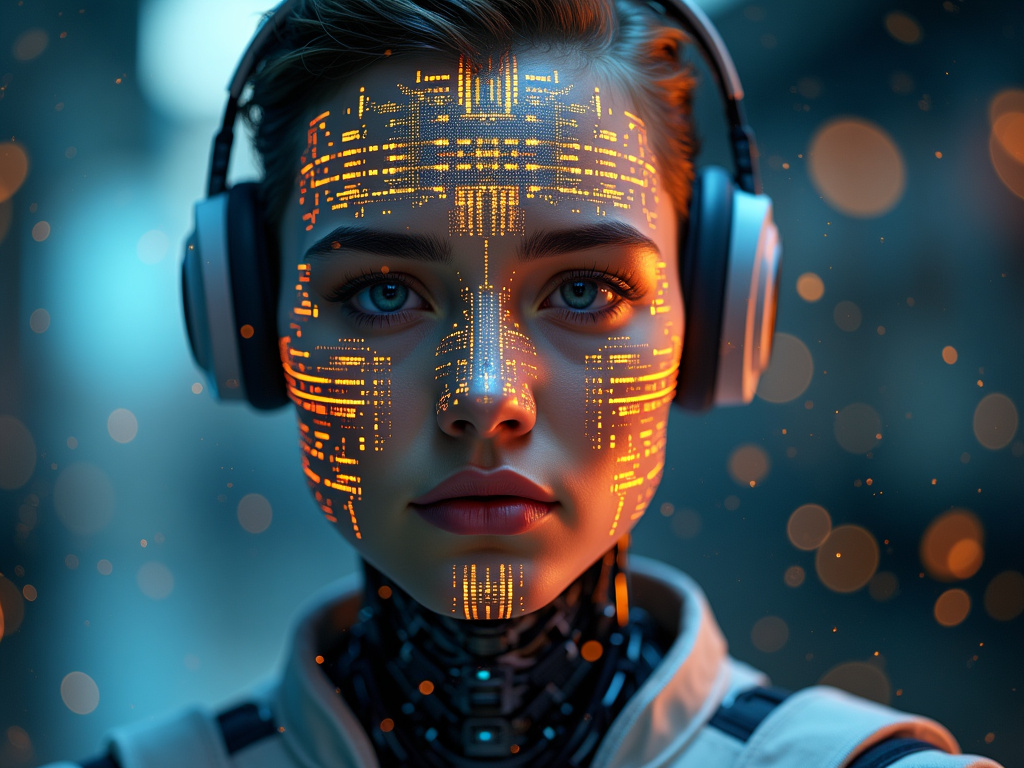
Sources:
The Blogsmith
Scribbr
Contadu
Plus.ai
Auto-GPT

